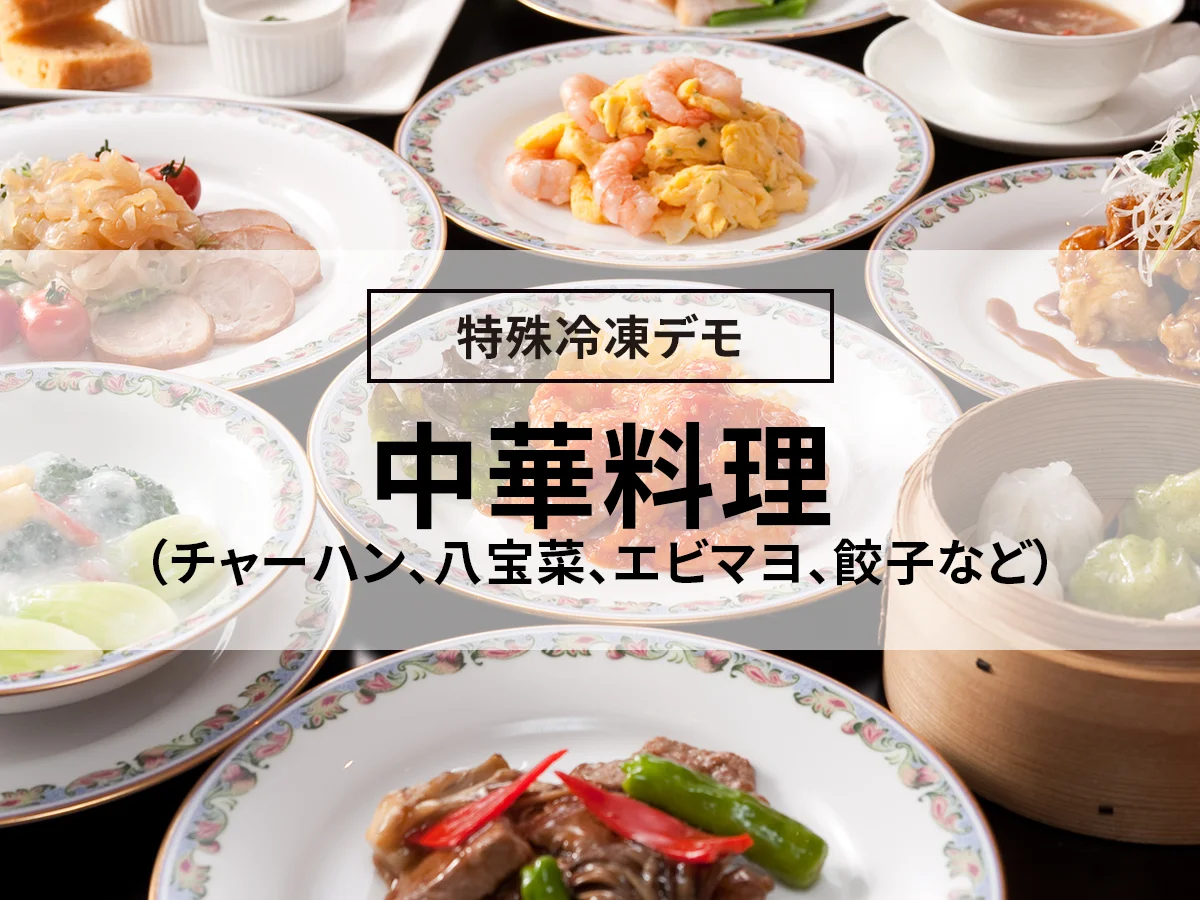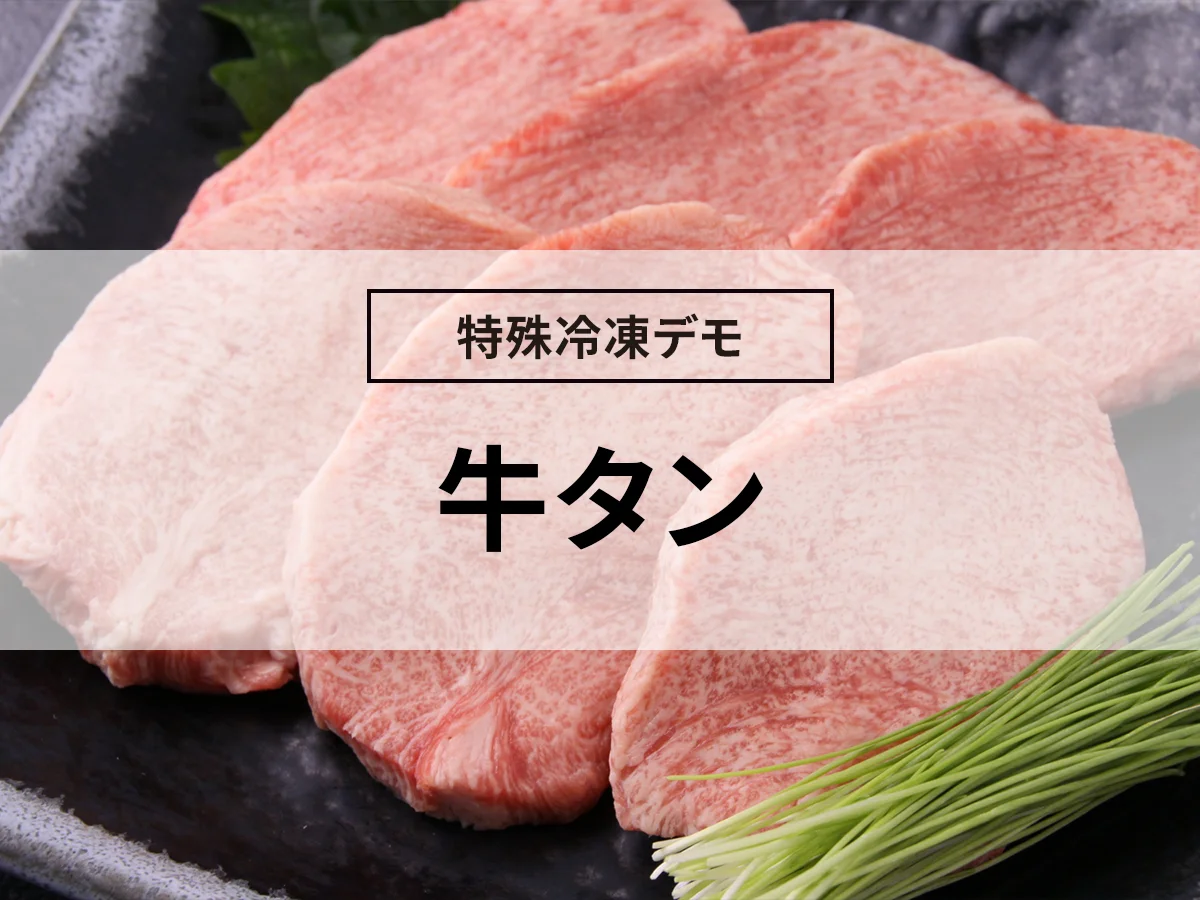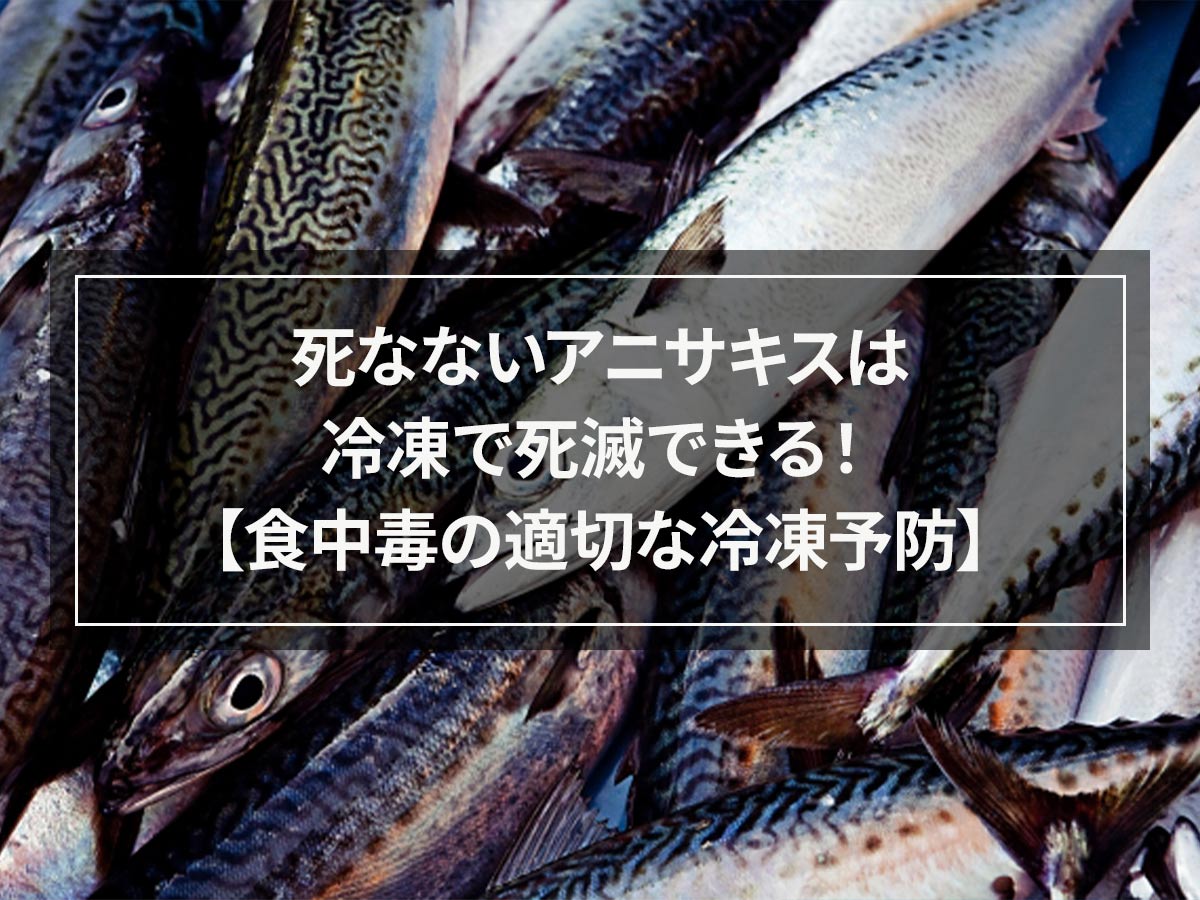Delivering delicious tuna! What is flash freezing technology?

Tuna sashimi is a favorite of Japanese people. There are both fresh and frozen tuna, and people tend to think that frozen tuna has a lower taste than fresh tuna. However, is there a difference in taste between frozen tuna and fresh tuna?
Just because it's frozen tuna doesn't mean it loses flavor. The taste of tuna varies depending on its freshness. Flash freezing technology has dramatically changed the taste of frozen tuna.
Flash-frozen tuna retains its freshness and flavor for a long time. And we can deliver delicious tuna all over Japan and around the world. Flash freezing is a key technology for tuna distribution.
目次
Rare! delicious raw tuna
It must be said that awareness of frozen tuna among consumers is still low. What is the difference between frozen tuna and fresh tuna?
When it comes to raw tuna, famous production areas near Japan, such as those from Oma, are mentioned. The catch of raw tuna is small, making it extremely valuable. Since there is only a small amount on the market, it is traded at a high price. In ordinary households, you don't often see them. It has a reputation for being delicious, light in fat, and fragrant.
However, there is almost no difference in taste between tuna from nearshore waters and tuna from distant waters. The taste of tuna varies depending on the amount of exercise it did while swimming in the ocean and the quality of its food. Even fish caught in the same place can have individual differences in taste.
The major factor that determines the deliciousness of tuna is its freshness. Freshness varies greatly depending on how it is processed on board and the time it takes to return to port. Tuna caught in nearby waters is preserved on board using ice to maintain its freshness as much as possible.
However, although quality deterioration can be delayed, it cannot be stopped. The freshness will gradually decrease. After being caught, it is transported to the wholesale market the next day, and the next day it is lined up on the consumer market. It will be placed in stores on the same day that it reaches the consumer market at the earliest.
It can be eaten as early as 3 days after being caught. During that time, the freshness gradually decreases. Fresh raw tuna is delicious, but distributing its taste widely is not easy.
Instant! How to freeze tuna

On the other hand, how fresh is frozen tuna?
Before the development of freezing technology, it was difficult to maintain the freshness of tuna caught in the distant sea. Caught tuna progresses through rigor mortis, lysis, ripening, muscle autolysis, and decomposition, and the taste deteriorates over time. Previously, frozen tuna that had changed color and lost its freshness was being distributed. Flash freezing technology began to be put into practical use on tuna fishing boats in the 1960s, and the quality of frozen tuna has greatly improved.
Flash freezing technology has changed the quality of frozen tuna. The key to flash freezing is how quickly it can be frozen.
When you freeze food, the water in the food turns into ice. At this time, the volume expands and destroys the cells, resulting in a loss of flavor when thawed. If food can pass through the freezing temperature range (0°C to -5°C) in a short time, its cells will not be destroyed and the food will retain its delicious taste.
Since the tuna is frozen at an amazing speed, damage caused by freezing can be minimized.
Once frozen, it is transferred to a storage room and stored frozen at an ultra-low temperature of -60°C. Storage after flash freezing is also important to maintain freshness. As time passes, the color of tuna deteriorates and the flavor deteriorates. At ultra-low temperatures below -60°C, enzymatic decomposition of proteins, oxidation of lipids, and growth of microorganisms can be suppressed, allowing the original red color and flavor to be maintained.
Long-term preservation is essential for deep-sea fishing, which requires long-term voyages. If you store it in ultra-low temperature freezing, it will prevent discoloration and keep it fresh enough to be eaten as sashimi for over two years.
Freshness is the key! What is delicious tuna?

Flash freezing locks in freshness and deliciousness. The appearance and taste remain the same as they were when frozen, and can be recreated when thawed. Since pelagic tuna is frozen within a few hours of being caught, it maintains its freshness and taste.
Minimizes drips that occur during thawing and prevents deformation and discoloration. There is no problem at all even if you put it on the market six months after catching it.
Raw tuna is difficult to maintain freshness, and there is a limited time when it can be eaten deliciously.
Frozen tuna allows you to enjoy the same taste even when you are far from the fishing port. Thanks to flash freezing technology, you can enjoy delicious tuna wherever you are.
Freezing technology to meet tuna demand
How much tuna is actually eaten in Japan?
Japan's supply of tuna, including imports, is around 300,000 tons. If you divide this by the population of Japan, it will be calculated that each person consumes approximately 2.5 kg per year.
Since the bubble period, as demand for eating out seafood has declined, consumption of tuna has been steady, and demand for conveyor belt sushi and take-out sushi has remained stable. 80% of the tuna supplied to Japan, including foreign tuna, is frozen tuna. In order to meet the demand for tuna, the existence of frozen tuna is essential.
The demand for tuna is not only in Japan, but is spreading all over the world. Tuna has become widely popular in America and Europe due to the mad cow disease problem, the shift away from eating meat due to bird flu, and the sushi boom due to health-consciousness. Tuna dishes are now available in Asian countries such as Taiwan and China, and tuna consumption is increasing in other countries.
Flash freezing technology not only allows us to meet the demand for tuna overseas, but also allows us to deliver high-quality, delicious tuna to anywhere in the world, no matter how far away.
Conclusion
Freezing technology has evolved due to the desire to eat delicious food.
Freezing is not only an extension of preservation technology, but also an innovative technology in the pursuit of freshness, taste, texture, and quality.
Why not use flash freezing technology for frozen tuna as well, in order to meet the growing demand for food?








![[Storage period increased by 30 times! ] Achieving a stable supply of raw whitebait!](https://shunkashutou.com/wp-content/uploads/2016/11/579c55e6d32e1385c250e8e7c3ed59a71.jpg)
![[Sales increased 100 times! ] rapid freezing the signature menu “Ni-katsu sandwich”!](https://shunkashutou.com/wp-content/uploads/2016/11/IMG_02391.jpg)
![[Horse sashimi] We have significantly reduced waste loss with rapid freezer!](https://shunkashutou.com/wp-content/uploads/2016/11/5fda59d0cbcdabde18e58c3c58c09ed0.jpg)




![[Storage period increased from 3 days to half a year! ] Restaurants are expanding their business using wholesale and mail order!](https://shunkashutou.com/wp-content/uploads/2018/04/66c19942ab4ba346fdb64ccc04cde373.png)
![[Reduce loss from 200 kg of oysters to zero] Improve loss and expand business with rapid freezer](https://shunkashutou.com/wp-content/uploads/2018/06/19785ca583a8d3c4041c7c192d041b0d.jpg)














![[Make frozen oysters even more delicious! ] Correct thawing method and usage recipes](https://shunkashutou.com/wp-content/uploads/2023/10/5855c6e6d6dbdb298f86405b4b522329.jpg)


![[Explanation with photos] How to freeze octopus, storage period, and 5 recipes!](https://shunkashutou.com/wp-content/uploads/2023/10/5128a2b3fa3cc254cffab87821372215.jpg)
![Introducing how to freeze and thaw whitebait, as well as recipes for its use [Full of nutrition! ]](https://shunkashutou.com/wp-content/uploads/2023/10/04d15012ec36f91a5574f63dfa9d4771.jpg)

![[Recover the machine cost in about 1 year! ]Reduce loss of tiger puffer fish with rapid freezing!](https://shunkashutou.com/wp-content/uploads/2018/07/1772bacb83f79fbd476ca3d66c8f8281_s1.jpg)
![[Thorough Guide to Preserving Sweets] Introducing the freezing method, storage period, and thawing method in detail!](https://shunkashutou.com/wp-content/uploads/2023/10/bffcbc0b6e79bb1af6e05b930e11e949.jpg)
![[Commercial rapid freezer] Explaining the features, size, and price of Panasonic rapid freezing](https://shunkashutou.com/wp-content/uploads/2021/01/panasonic.jpg)
![[Delicious frozen foods] How to use them in lunch boxes, dinners, and snacks](https://shunkashutou.com/wp-content/uploads/2023/08/frozen-food-1024x683-1.jpg)




![[Eliminating the labor shortage! ] Introducing the benefits of the cook-freeze system!](https://shunkashutou.com/wp-content/uploads/2018/12/72352e99f79e7f2bfa6e9eca24acceb0.webp)


![[For vegetable processors] What is the blanching process that improves the quality of frozen vegetables?](https://shunkashutou.com/wp-content/uploads/2016/09/ad38a1a4c704bc39303ac1864f5b0b8d.jpg)
![[Delicious frozen squid recipe! ] Tips on how to eat squid deliciously and without waste](https://shunkashutou.com/wp-content/uploads/2023/10/f3bc339b6bcaff01bd8e2aaa4257acfe.jpg)
![[Great at sushi restaurants! ] How to increase sales by rapid freezing sushi](https://shunkashutou.com/wp-content/uploads/2016/04/0d3e7f8a3cefa0aefe0a8452e414db21.jpg)



![[Bringing fresh cakes nationwide] How to dramatically increase profits at a pastry shop?](https://shunkashutou.com/wp-content/uploads/2024/09/661ea3ee6264fab6520017622c656870.webp)
![[Solving freezing problems] Performance and price of Re-Joice Freezer](https://shunkashutou.com/wp-content/uploads/2024/10/6bf8562954d67708f4b7808011fa9245.webp)


![[Improve customer satisfaction] What can be solved by introducing rapid freezer at a lunch box delivery company for the elderly?](https://shunkashutou.com/wp-content/uploads/2024/07/c8a5aa8730d5ae7441fd1aa6ee8757ef.webp)




